|
The
University of Guelph has one of the best agricultural and rural life
archives in North America. Graduate and undergraduate students, faculty,
scholars and researchers from around the world utilize this remarkable
collection. The Library's strong commitment to agriculature and rural life
is significant and reflects the history and roots of the University.
A major
boost to the Rural and Agricultural History Collections arrived with the
acquisition of the Library/Archives of the former Ontario Agricultural
Museum. These Rural Heritage Collections are gradually being entered into
the online Library catalogue, making the collection available to users
worldwide.
The Rural
Heritage Collection is a wonderfil complement to the University of Guelph
Archival and Special Collections. Collectively they span many very different
disciplines and subjects. They provide primary source materials relating to
the history of rural development, agriculture, veterinary medicine,
apiculture, home management and cuisine, and family life in rural
communities.
Major
collections include...
The Irwin -
Turner Collection includes photographs, owner's manuals and other materials
relating to Ontario agriculture implement manufactures.
The Burton
Nobles Gates Collection holds more than 12,000 items - correspondance,
pamphlets, reports, catalogues, and prints on the science of apiculture.
The
archival collections of the Ontario Agricultural College, The Ontario
Veterinary College and the Macdonald Institute trace the development of
agriculture and agricultural education in Ontario.
Plus a
comprehensive collection of rural and agricultural periodicals, Farm
journals, business records, seed catalogues, equipment and sales brochures.
There are 3,000 cubic feet of records that chart Canada's leadership in the
development of agricultural technology worldwide.
Introduction
The
agricultural revolution originated in the British Isles concurrently with
the industrial revolution during the latter part of the eighteenth century.
From mid-century onward written accounts of agriculture, scientific papers
on new methods of cultivation, and statistical surveys appeared in
increasing numbers. Historical sources relating to the agricultural
revolution in Scotland constitute an important segment of the University’s
Scottish Collection. The local history of the Guelph region, as well as the
agricultural background of the University, places special emphasis on the
study of Scottish agricultural history.
Agricultural Societies
Publications of agricultural societies lead the list of historical sources.
According to Handley[1] the first agricultural society in Europe was formed
in Scotland in 1723. Members of the “Society of Improvers in the Knowledge
of Agriculture in Scotland” gathered and disseminated information aimed at
introducing new agricultural methods; and much of this information is
contained in The Select Transactions of the Honourable the Society of
Improvers in the Knowledge of Agriculture in Scotland (1743).
Successor
to the Society of Improvers, “The Royal Highland and Agricultural Society of
Scotland,” formed in 1783, also devoted much of its Transactions (n.s.
1828-1968) to the promotion of new improved agricultural methods. But the
Transactions also portrayed contemporary cropping and animal breeding
practices, physical characteristics of land, soils, forests, and
agricultural society in general. The Highland Society organized agricultural
competitions, offered and awarded prizes for inventions and for essays
describing new methods. These prize essays were published in the
Transactions.
One of the
directors of the Highland and Agricultural Society, Adam Fergusson, a lawyer
and agriculturist, settled in Canada in 1833 (he was the founder of Fergus,
Ontario), and became actively involved in organizing agricultural societies
in Canada. “The Board of Agriculture of Upper Canada” elected Adam Fergusson
senior Vice-President. The Journal and Transactions of the Board of
Agriculture of Upper Canada appeared in the tradition of, and resembled
in scope and format, the Transactions of the Royal Highland and
Agricultural Society of Scotland.
Agricultural Writers
Among
individuals, the works of Sir John Sinclair command particular attention. A
prominent agriculturalist and prolific author and editor, Sinclair devoted
his life to the advancement of Scottish agriculture. His major work, The
statistical account of Scotland (1791-), resulted from a mail survey
Consisting of 160 questions to the ministers of all 893 parishes in
Scotland. The result is a socio-economic census with details on population,
land, rents, prices, wages, and agricultural practices.
Under the
editorship of Sinclair, between 1794 and 1814, a series of reports by
various authors, on the counties of Scotland was issued under the title:
General view of the agriculture of the County of . . ., with observations on
the means of its improvement.... The authors include such notable
agriculturalists as James Donaldson, John Naismith and John Sinclair
himself. Based in part on this series, with contributions of his own,
Sinclair’s General Report of the agricultural state, and political
Circumstances of Scotland appeared in 1814.
These
projects, together with such original contributions as An account of the
system of husbandry adopted in the more improved districts of Scotland
(1812), had direct and wide ranging effects on agriculture around the turn
of the nineteenth century.
Some other
significant agricultural writers from this period include Adam Dickson,
known for A treatise on agriculture, published in 1762 (the library
has the second edition of this work dated 1765); Lord Henry Kames who first
proposed the establishment of a “Board of Agriculture” for Scotland in
The gentleman farmer (1776) (the library has the sixth (enlarged)
edition of 1815); John Reid, whose practical Scots gardener for the
climate of Scotland. . . was reprinted several times (1776, sixth
edition); and John Walker, whose Economic history of the Hebrides and
Highlands of Scotland (1812) is devoted primarily to agriculture.
Legal and Political
Treatises
From early
medieval times Statutes and Regulations provided the legal framework for
agricultural practices and policies, and The Acts of the Parliaments of
Scotland, 1124-1707 reprints, in eleven large folio volumes (plus
index), all pertinent Scottish legislation for that time period. From the
Act of 1214 A.D., setting the date on which bondsmen must begin ploughing
and sowing (Alex. II, 1214, c. 1, I. 397), to the important “Act anent Lands
lying Runrig” of 1695 (1695, C.36, IX. 421) there are literally hundreds of
sections relevant to agriculture and land use.
After the Union of 1707,
the House of Commons sessional papers of the eighteenth century is a
comprehensive compilation of government bills, committee reports, etc.
Nineteenth century materials relevant to agriculture are available in a 32
volume collected set of British parliamentary papers: agriculture
(1820-1896). This set contains such important studies as the Royal
Commission Report of 1884 on the “Condition of crofters and cotters in the
Highlands of Scotland;” and the Report of the “Royal Commission on
Agriculture” of 1895.
Conclusion and Endnotes
In addition
to these major resources of direct agricultural significance, the library’s
Scottish Collection contains the publications of many historical and
antiquarian societies such as The Society of Antiquaries of Scotland,
Edinburgh, Proceedings; The Dumfriesshire and Galloway Natural History and
Antiquarian Society, Transactions; and the publications of The
Bannatyne Club.
[1] James E. Handley,
The agricultural revolution in Scotland (Glasgow, 1963), p. 74.
RON MACKINNON
G. PAL
Here are some photos of
just a few of the books...
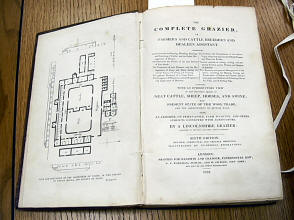

This is the "Complete Grazier" published in 1833
showing the title page and two pages from the book

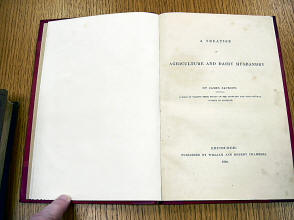
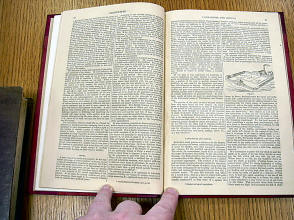
This is "A treatise on Agriculture and Dairy
Husbandry" published in 1840
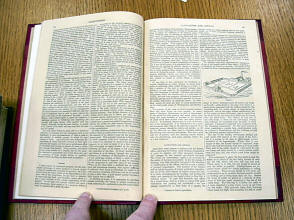


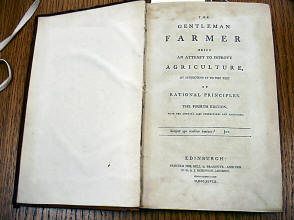
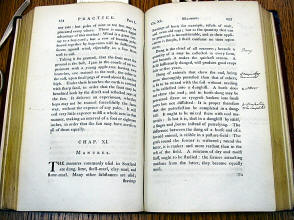



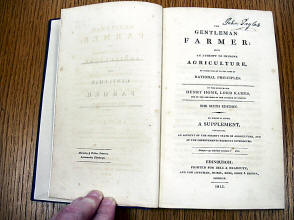

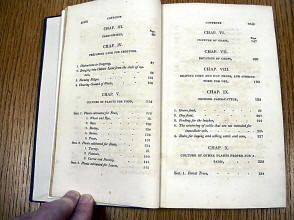
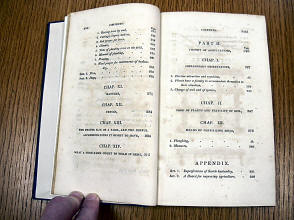
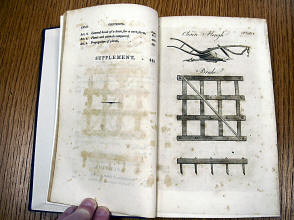
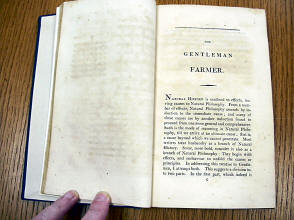
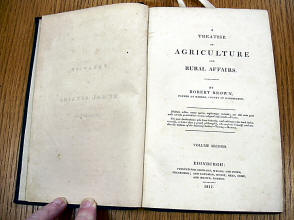
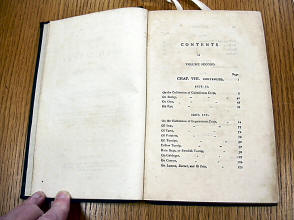
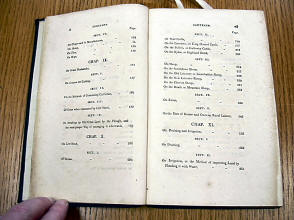
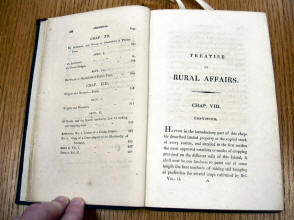



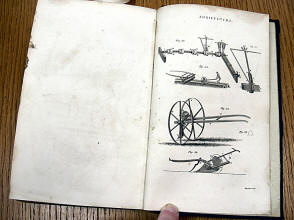
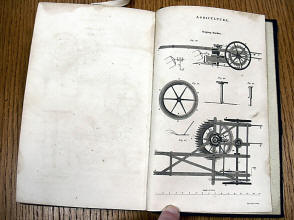

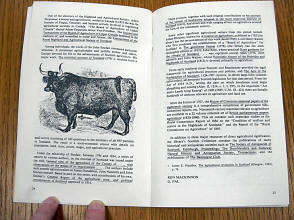
The girls
in the library hunted out some more interesting publications for me to
photograph to give you an even better idea of the range of material that is
available for which my many thanks
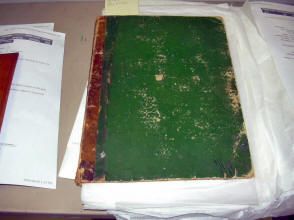
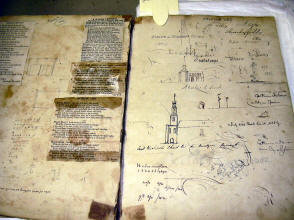
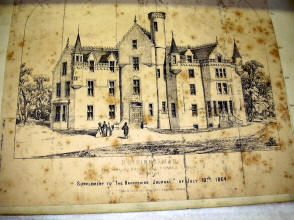
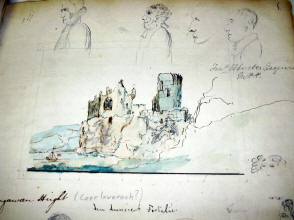


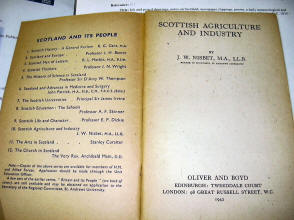
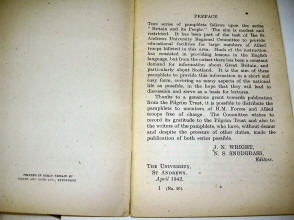


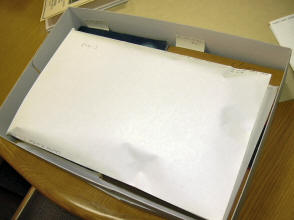
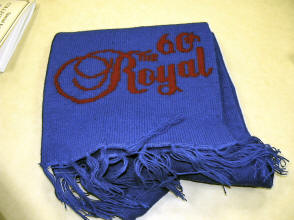
It's amazing what one wee box can reveal...
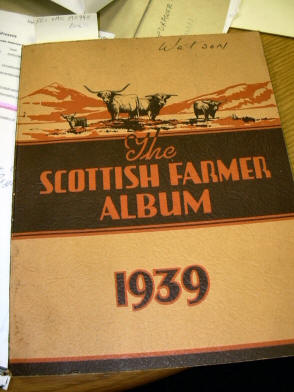
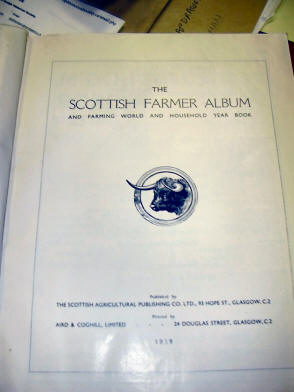
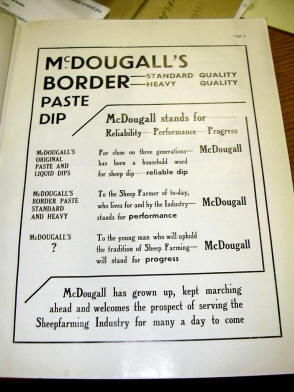


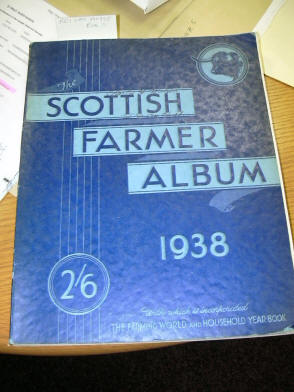
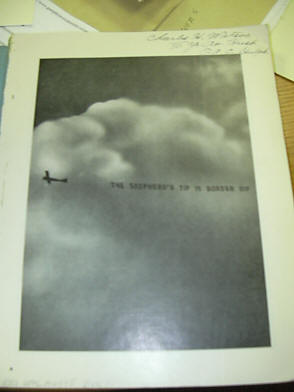
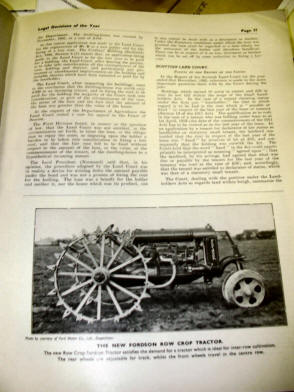


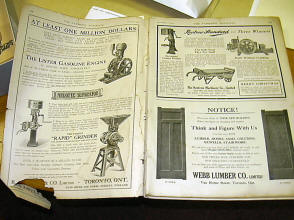

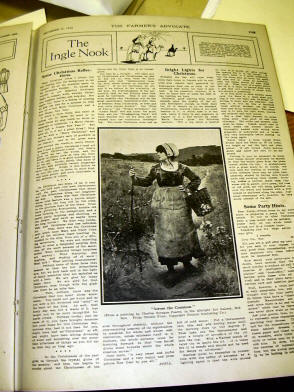

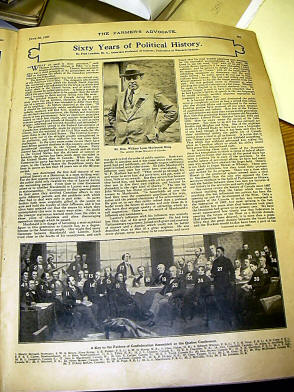

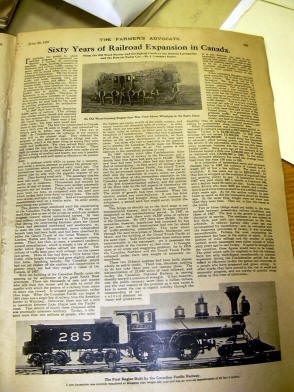
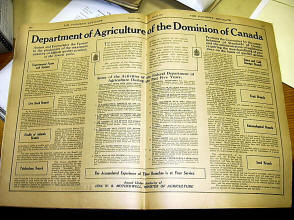
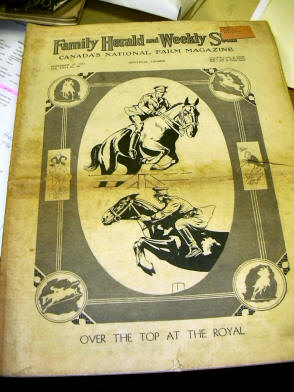

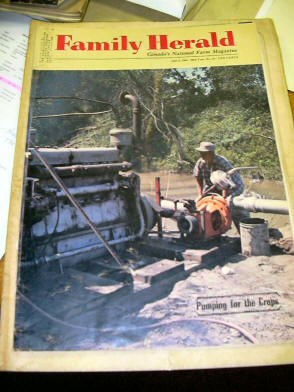
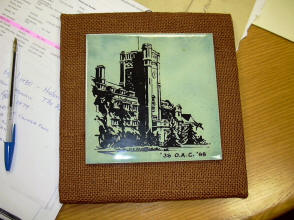
So all this came from that wee box which likely
demonstrates just how much there is to explore
|
